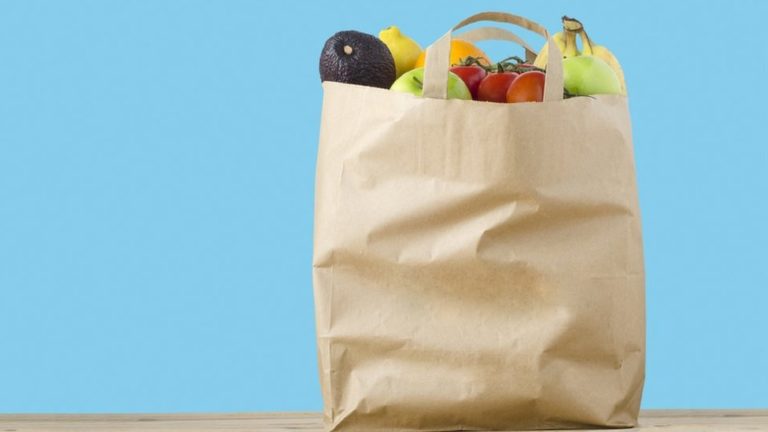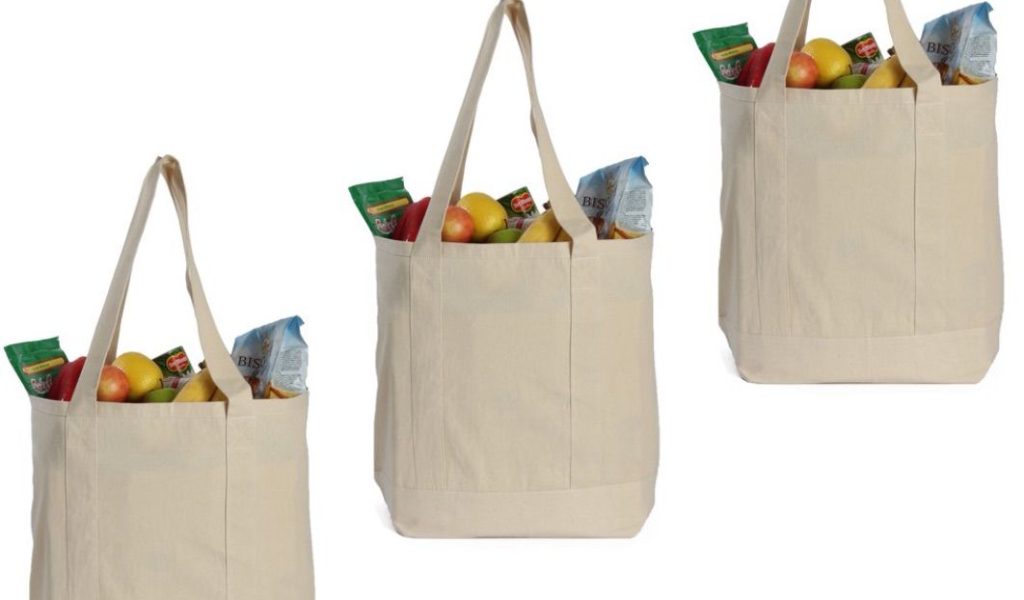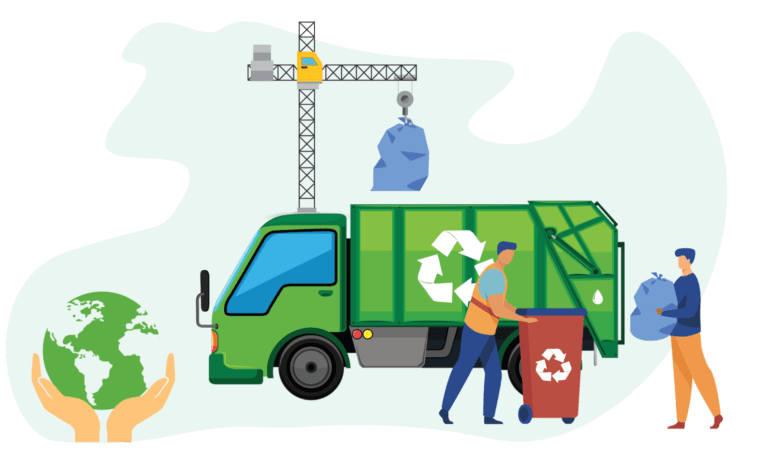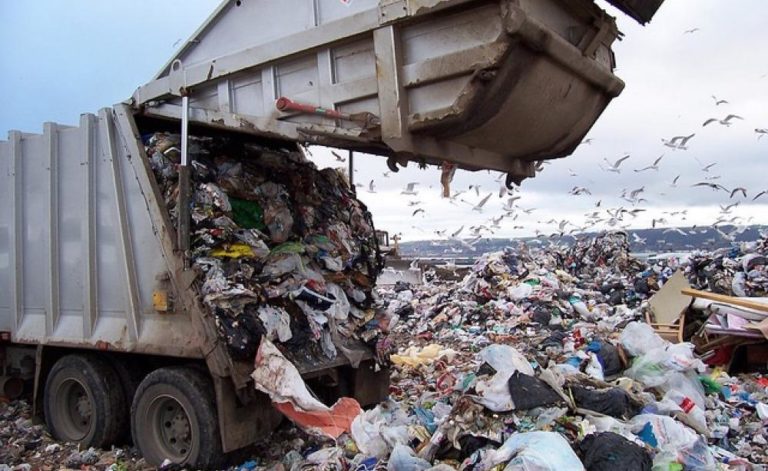
We all know single use plastics are not environmentally friendly and with Canada’s single use plastic ban coming into play, hopefully they will become a thing of the past. However, despite the recent increase in awareness, the average Canadian still uses 700 plastic bags a year. What’s the actual impact of these bags and are the alternatives actually any better? The answer is more complex than we might think. Let’s take a look at some of the many factors we should be taking into consideration.
Climate Impacts


One of the first things to consider which is often missed by consumers is the climate impact. I’m not just talking about what happens when we come to discard our items, I’m talking about the whole product life cycle. When looking at the climate impacts of these bags it’s important to look at the whole picture of how something is produced, not just the way we dispose of it.
Plastic Bags


You might be surprised to read that plastic bags actually have the least environmental impact during production. They rank better than single use paper bags and single use biodegradable bags in most environmental categories, except littering. Land litter, marine litter and microplastics is really where we see the biggest impact from single use plastics bags. It’s because of the sheer amount of plastic bags that are used that we have such a plastic problem in our oceans. Plastic grocery bags came in at number six on The International Coastal Cleanup’s top 10 list of items collected globally in 2020; that’s 272,399 grocery bags just from our shorelines.
How about a reusable plastic bag? A reusable bag made from LDPE (aka a bag for life) has a lower climate impact than conventional single-use plastic bags, if they are used 5-10 times. However, the average reuse rate in the US is just 3.1 times. When these are discarded they contribute to the same litter problem as regular plastic grocery bags.
Biodegradable bags also have a high impact during production, however they decompose and contribute less to the impacts of littering compared to conventional single use plastic bags. Another thing to consider is that some biodegradable items may in fact not be 100% biodegradable. Often they are made from a small amount of biodegradable material but still marketed as such. It’s important to make sure your bags are made entirely of biodegradable materials otherwise they will not break down 100% organically, adding to our litter problem.
Bio-based bags are bags made from organic matter rather than oil. Even though these are a greener option it doesn’t necessarily mean they have a lower environmental impact. We need to consider the sustainability of biomass production, is the organic matter being used managed in a sustainable way? Is low emission energy being used in the production processes? Similarly to biodegradable products these items might not be 100% bio-based which has environmental implications in production but also in disposal, it’s often unclear on how to dispose of bio based products correctly. We need to be careful when looking at bio-based products because this area is still unregulated.
Paper bags


The climate impacts of paper bags can actually vary greatly depending on various factors, such as forest management. Paper is a renewable source and so sustainable forest management is key to the paper-based packing industry in Canada. With the rise in plastic avoidance there has been an increase in our paper bag use. You might think this has put a strain on the forestry industry or contributed to deforestation. In fact, one of the main causes of deforestation is by the mining of oil– oil is a raw material used in the manufacturing of plastics! Most paper packaging made in Canada is made with recycled content, 81.7% in fact. This is the average recycled content of the three major paper packaging grades made by Canadian mills, which includes kraft paper used to make paper bags. The Canadian paper-based packaging industry hardly uses any freshly cut trees to make paper packaging, approximately 0.2% of Canadian commercial forests are harvested for paper-based packaging, and every hectare that is harvested must be successfully regenerated. Go Canada! This regeneration is so important because most forests are carbon sinks, which means they actually absorb carbon from the atmosphere, regulating CO2 levels in the air.
On face value paper is a great alternative; it’s sustainable and it has less impacts than single use plastic bags in terms of litter. However, if we are simply switching single use plastic bags for single use paper bags this is where we start to see problems. Single use of anything greatly increases a product’s climate impact. Manufacturing a paper bag takes about four times as much energy as it takes to produce a single-use plastic. If paper bags are used just once then they actually have a higher impact on the climate than single use plastic bags during production. This impact also includes transport; paper bags weigh more than plastic bags and so its transportation requires more energy, adding to the carbon footprint. If we were to reuse paper bags at least three times we can negate this higher impact level.
Material bags


Material bags such as cotton bags have high environmental impacts in production. The manufacturing of a cotton bag uses more energy than a paper bag, it needs to be reused 131 times to break even with a plastic bag. However because of its durability it has the capacity to be used this many times and more. Similarly to paper there are other factors to consider; cotton is also very efficient at removing CO2 from the atmosphere. If there is good land management farming cotton can be sustainable. Organic cotton is one of the most sustainable fabrics available to us, unfortunately a lot of non- organic cotton contributes to environmental pollution through the use of pesticides and insecticides. Cotton is biodegradable and breaks down naturally in the environment leaving no litter behind. Be sure to buy 100% natural cotton (organic if possible) as synthetic fibres can still contribute to the microplastic problem. A cotton bag is truly a bag for life and can bring significant environmental benefits if used time and time again.
Number of Uses
Another factor is the number of uses. I have already touched on this but I think it’s really important to emphasise that the number of times a bag is used directly influences its environmental impacts. The more we use a bag the more we reduce the environmental impacts it has, this why even though more durable bags such as bags for life and cotton bags have a higher environmental impact in the production stage if we use them a sufficient amount of time then we can reduce the overall impact. A shift to durable bags can bring significant environmental benefits.
Waste Management


A factor that I think a lot of us are aware of is the environmental impact our products have depending how they are disposed of. There’s so much information surrounding recycling and how to dispose of your waste correctly, but what is really important to know is the waste management system in your area. The way you dispose of your bags combined with your local waste management system can have different environmental implications. The most common types of waste management are landfilling and recycling. Here’s a brief overview of what happens to each of these materials in the different types of waste management;
- Landfill


Plastic bags
– slowly break down into microplastics
– lightweight plastic bags have the potential to be blown away in the wind creating more litter elsewhere
Paper bags
– creates methane when breaking down organically
Cotton bags
– 100% cotton will break down into natural materials in around 5 months with no detrimental effects to the environment
- Recycling


The recycling of bags reduces the environmental impacts of products at their end of life and always reduces the use of raw materials for producing new bags. As always the rules in your area should play a big factor in your choice of bag. Recycling is often more complicated than it seems, take a look at our blog on Navigating the Recycling System for more information.


Do we have a winner?
Unfortunately the answer isn’t that simple, each type of bag has environmental implications;
Plastic bags have a low environmental impact during production and if recycled we can reduce the impact of microplastics in the environment. However with our track record of only recycling 9% of our plastic waste in Canada, perhaps a more durable, reusable bag is a better option. In addition to the litter implications of plastic bags, plastic production is a byproduct of the oil industry which also has significant environmental impacts.
Paper and cotton have high environmental impacts during their production but the raw materials can act as carbon sinks. They can be sustainable if managed correctly and they do not contribute to litter (if they are truly organic materials) and they can be recycled contributing to a circular economy. If used multiple times they can offset the additional impacts during production.
We need to address our own behaviours in terms of recycling and reusing. Recycling not only stops our waste going to landfill but it also reduces the need for raw materials and we’ve seen that the reuse rate of any of these bags can greatly reduce their environmental impact.
We might not have a clear winner but there are two things that certainly are clear;
- Single use bags of any material should actively be avoided.
- The shopping bag that has the least impact on the environment is the bag that you already have at home.
